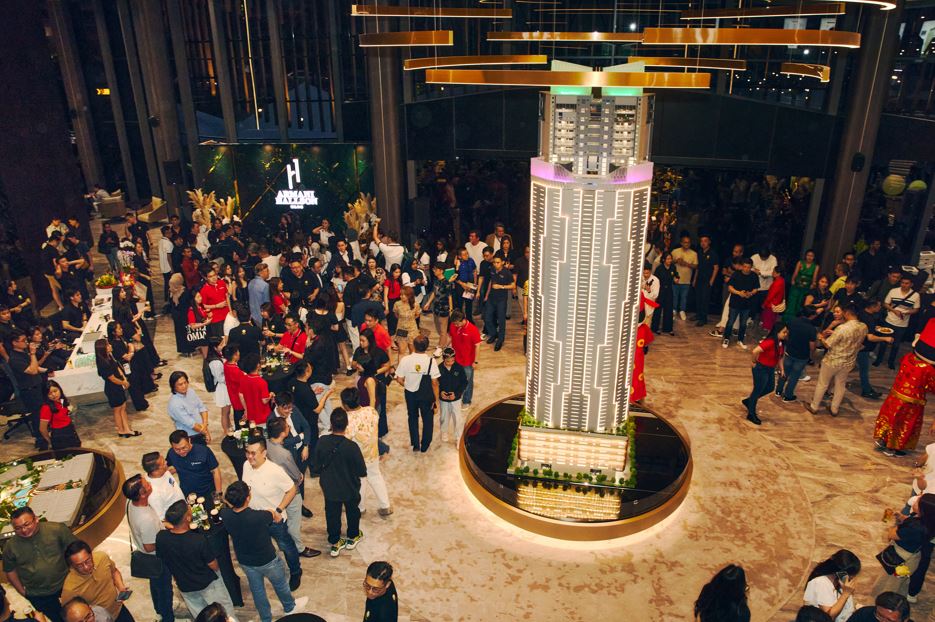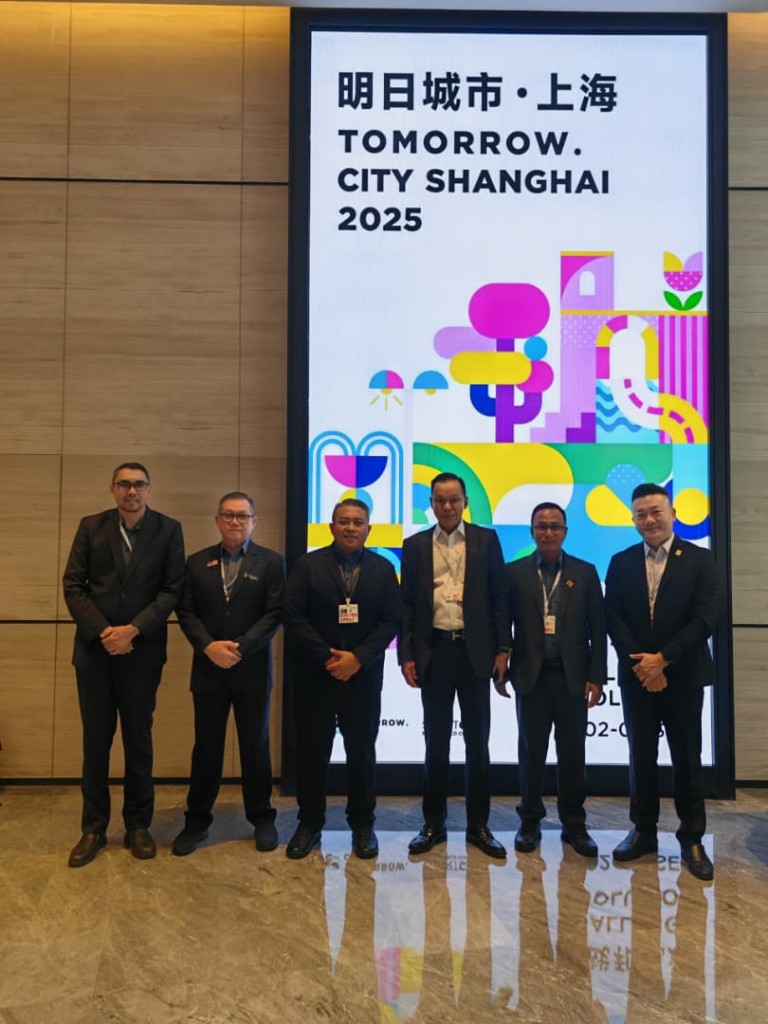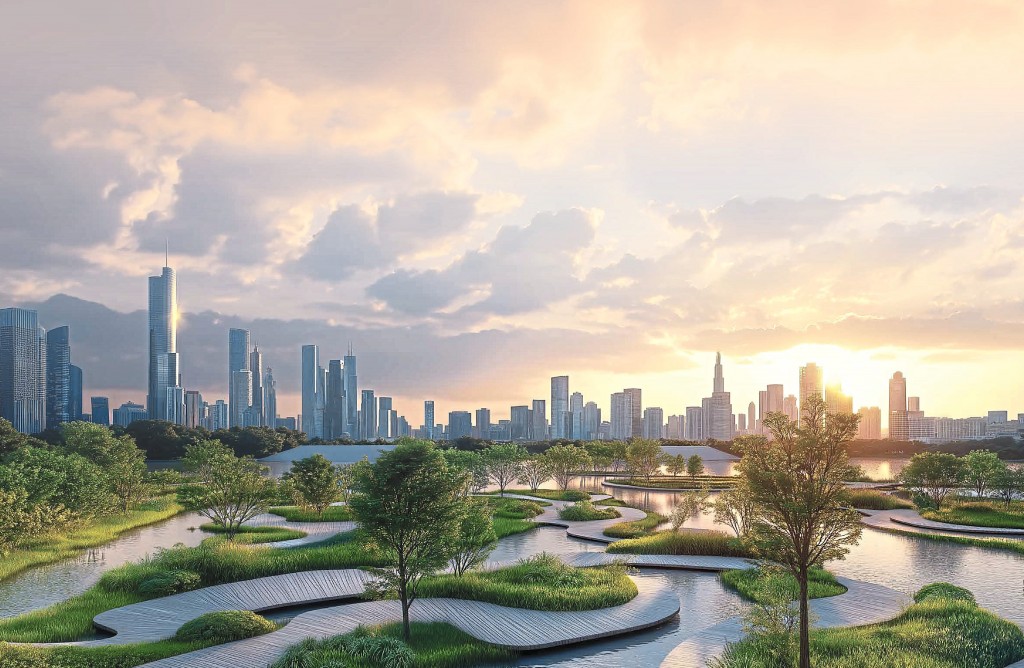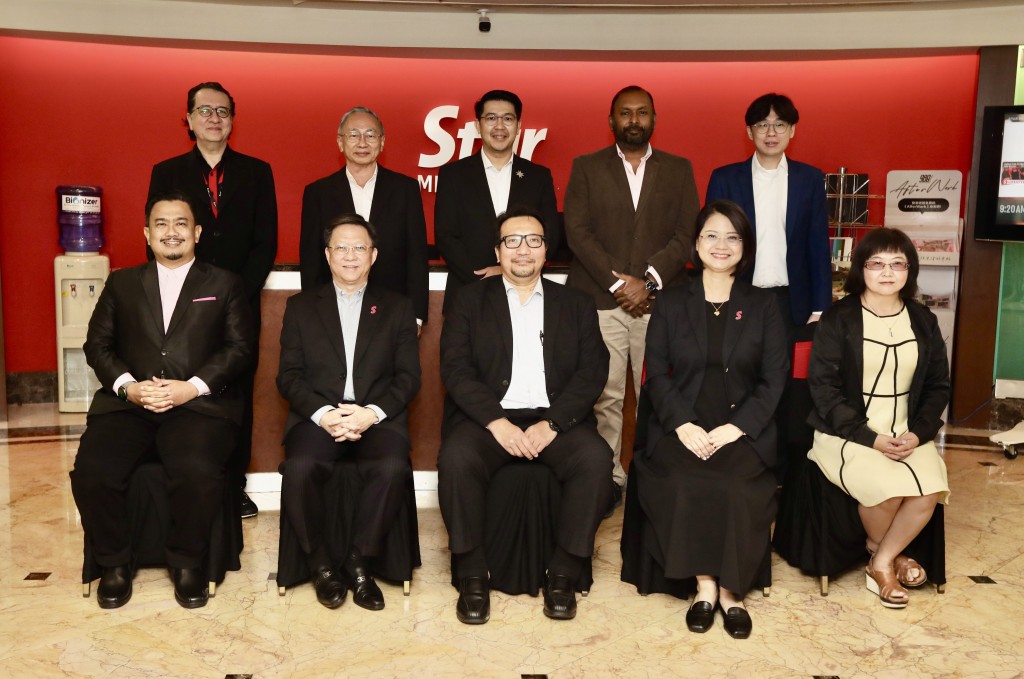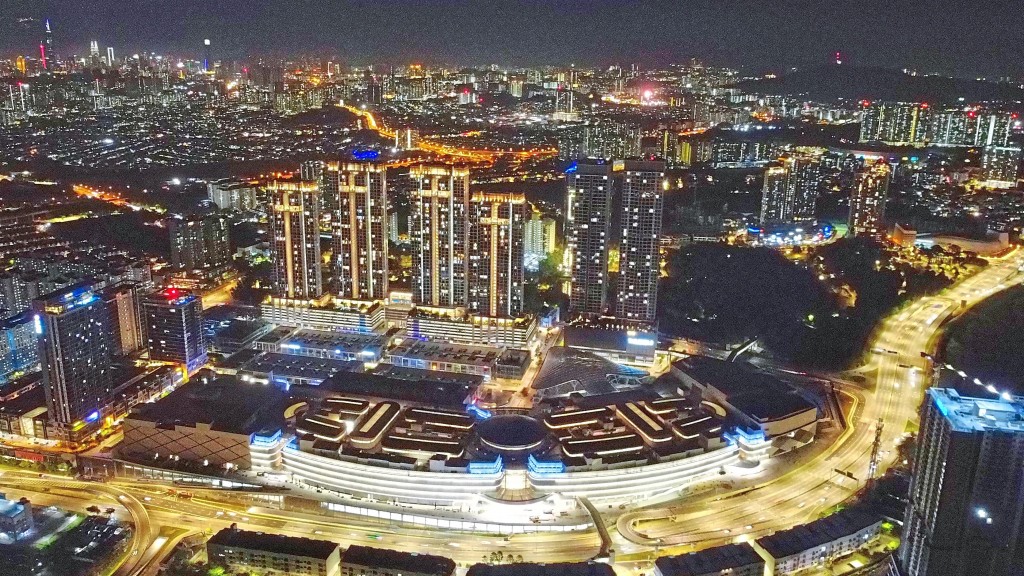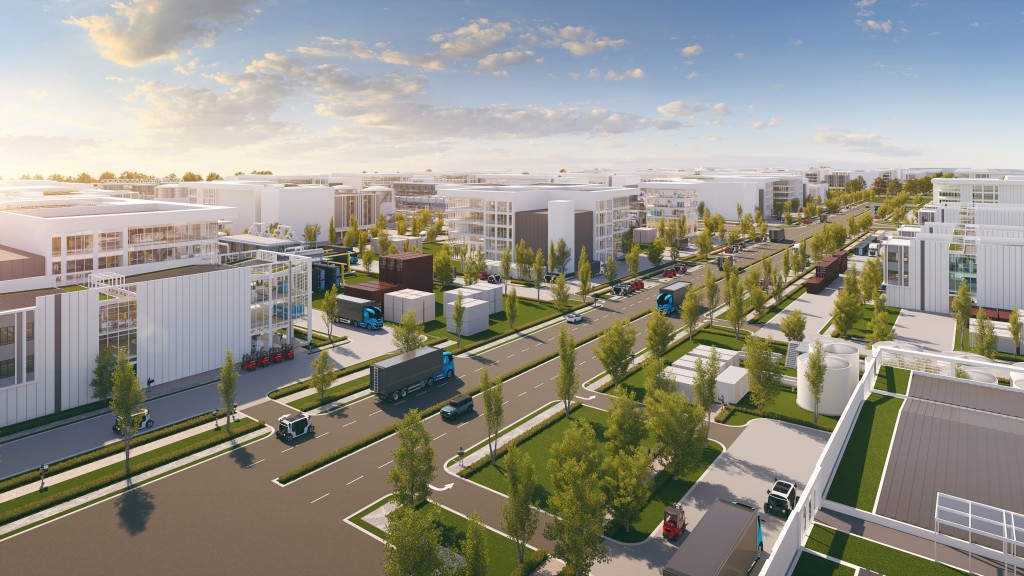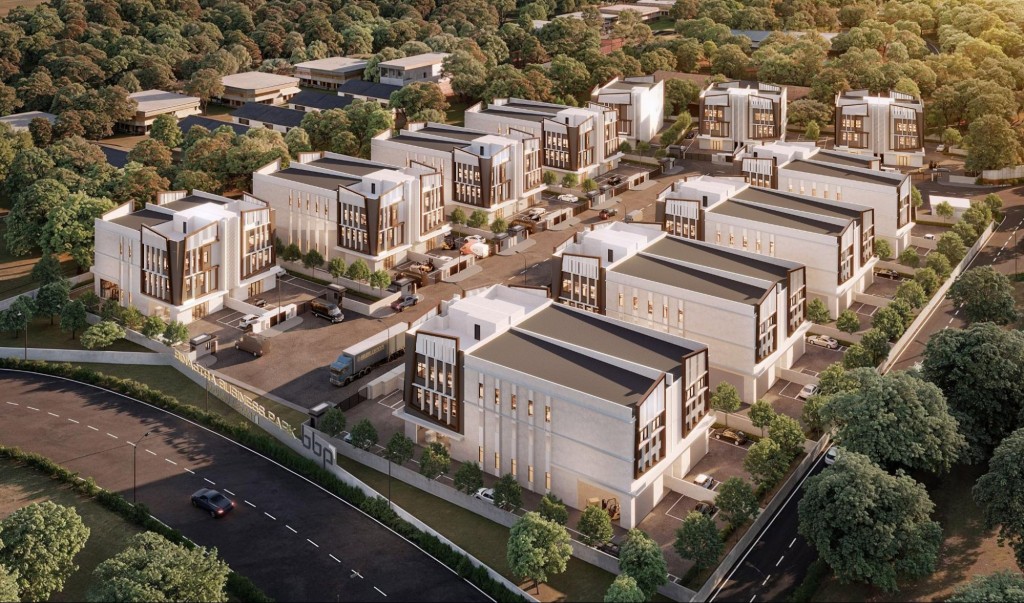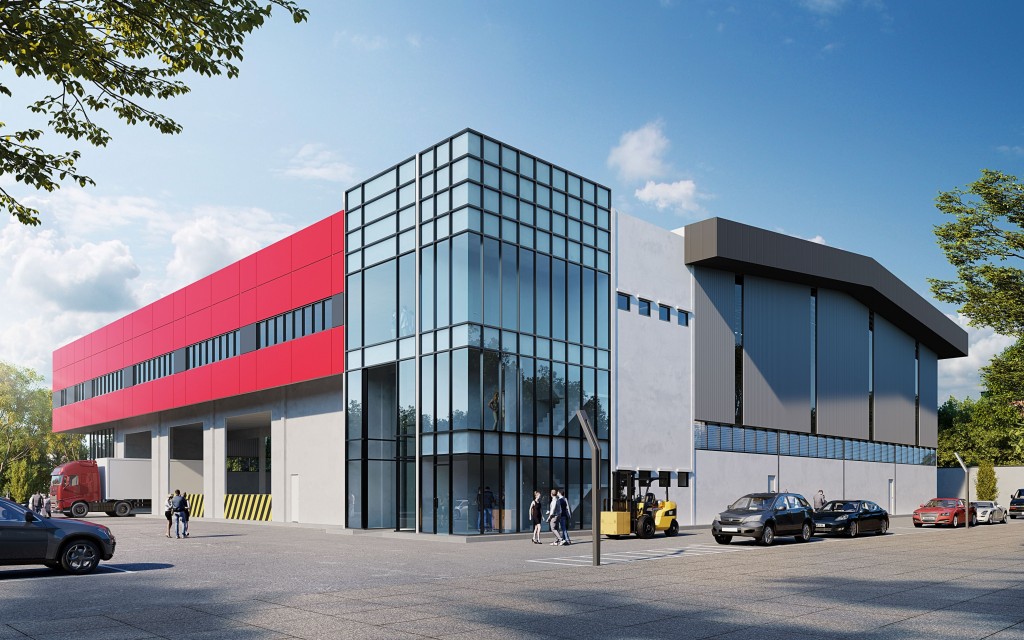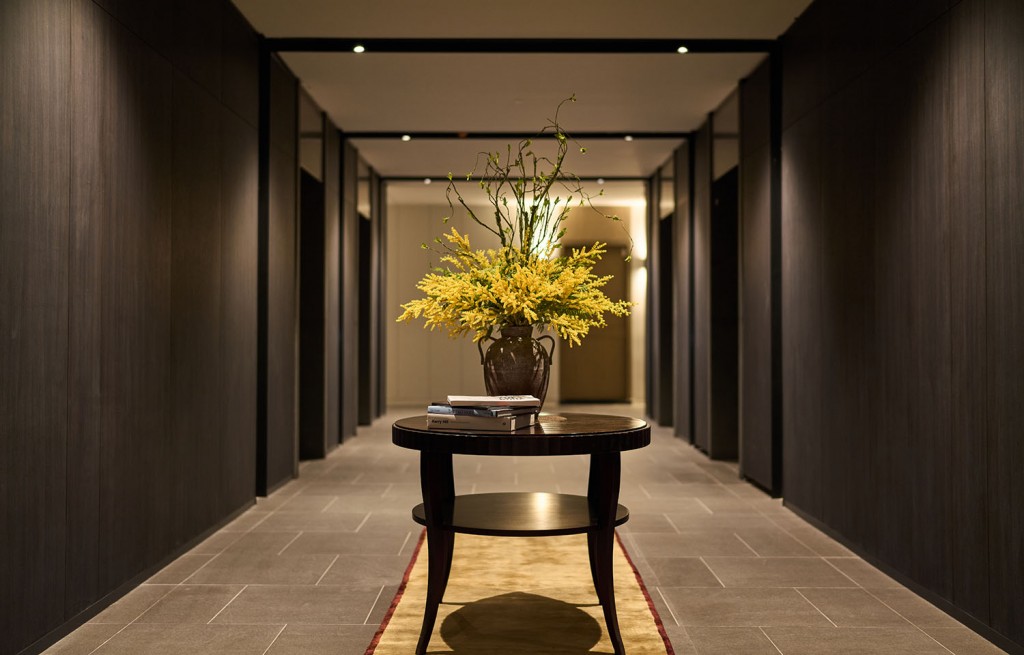BY DATUK STEWART LABROOY
MANY of us who have travelled to London are familiar with the term Soho, which is an area within the City of Westminster at West End of London.
Long-established as an entertainment district, for much of the 20th century, Soho had a rather seedy reputation for nightlife while also being a hub for the film industry back then. However, since the early 1980s, the entire district has shed its previous image and has undergone considerable transformation.
Fast forward to today, visitors can look forward to a cleaned-up image housing a fashionable district comprising upmarket restaurants and media offices.
In New York, there exists a Soho district as well, named as an abbreviation of the area located South of Houston Street, which is also known as the Cast Iron District.
Back in the 1970s, this area had warehouses and factories that were converted into lofts and art galleries by artists who wanted to live in those areas, and had wanted to save cost. Thereafter, some were converted into homes that were referred to as Soho units.
Curious as to how what I would term as SoHo, SoVo and SoFo “hybrid” products came about in Malaysia, upon researching what these real estate products represent, I learnt that a SoHo unit is a Small office/Home office, a SoFo is a Small office/Flexible office while a SoVo is a Small office/Virtual office.
Each of these types of development is relatively quite similar in the fact that they all are small in size but they differ in terms of functionality.
The built-up for these products range anywhere from approximately 37sq m (400sq ft) to about 74sq m (800sq ft) and are priced between RM480 per sq ft and RM700 per sq ft.
Prior to the onslaught of this new trend of smaller sized units, developers were content to just build condominiums. If they wanted to build residences on commercial land, they termed them serviced apartments.
Building serviced apartments enabled them to circumvent the restrictions in density requirements and compliance with the HDA or Housing and Development (Control and Licensing) Act 1966.
SoHo units started appearing roughly five years ago. This was after the Strata Titles Act was passed in 2007 to accommodate stratified landed development. At the same time, the HDA was amended to include serviced apartments to protect the buyers of such properties. This was the perfect foil to create a much higher density offering with its smaller, affordable units for a market hungry for such housing.
SoHo units enabled developers to build higher towers while bringing down the prices within the more affordable range for the first-time investor.
There was a belief that there was a growing preference for working from home – at least that is what the developers said as SoHo units became a lifestyle offering to the market. However, the pricing strategies were clearly the main driver of demand.
Besides SoHo units, other new properties with commercial titles that feature smaller built-up areas with multiple uses have emerged. Some of these are called designer suites and have no specific designated use while others are called SoVos and SoFos, which allow their occupants to live and work there.
These new products capitalised on the housing boom that saw new launches being sold out in a matter of days or hours even. Secondary sales saw prices climb and everyone made a profit. A new asset class was born, primarily for investment.
As the CEO of a Real Estate Investment Trust (REIT), my primary aim is to invest in properties that can be easily rented out, are well-located and which offer a long-term value proposition to our unit holders. As a result, I am always curious as to the criteria investors use before they put their money down on these particular properties.
At the end of the day, it all boils down to what a fully tenanted SoHo, SoVo and SoFo unit will look like as an investment. Because of its high-density, given that there will be anywhere from between 200 and 400 owners in a single building, there is therefore a need to form a Management Corporation to oversee the management of the property once the developer hands over the strata titles. There will also be a diverse tenant mix comprising singles, young married couples, students, office owners and even the possibility of foreign workers.
Getting all of them on the same page when it comes down to the nuts and bolts of running a high-rise development may prove to be a challenge.
Such a diverse tenant mix could be the Achilles heel of such developments. Five to 10 years down the road, the long-term sustainability of these products will need to be examined as maintenance issues will arise and tenants may come and go.
Strategic locations within Kuala Lumpur and popular residential neighbourhoods such as Bangsar, Damansara Heights, Mont’ Kiara and areas surrounding the Bandar Utama – Mutiara Damansara belt as well as the Ara Damansara – Subang precinct are expected to continue to attract investor interest in terms of these product offerings but poorly located areas may suffer.
Time will judge the success of such concept developments. They, after all, represent a way of providing affordable housing that is in demand now. But, like all new things, it remains to be seen if these developments will share the same success of the evergreen typical link house.
This boom may not end with just these products. In fact, it could lead to a wave of more innovative products. We could, in the future, see launches of SoDo (Small office Designer office) units and SoLo (Small office Luxury office).
Don’t you just love jargons?
>> Datuk Stewart LaBrooy was the chief executive officer of Axis REIT Managers Bhd.


